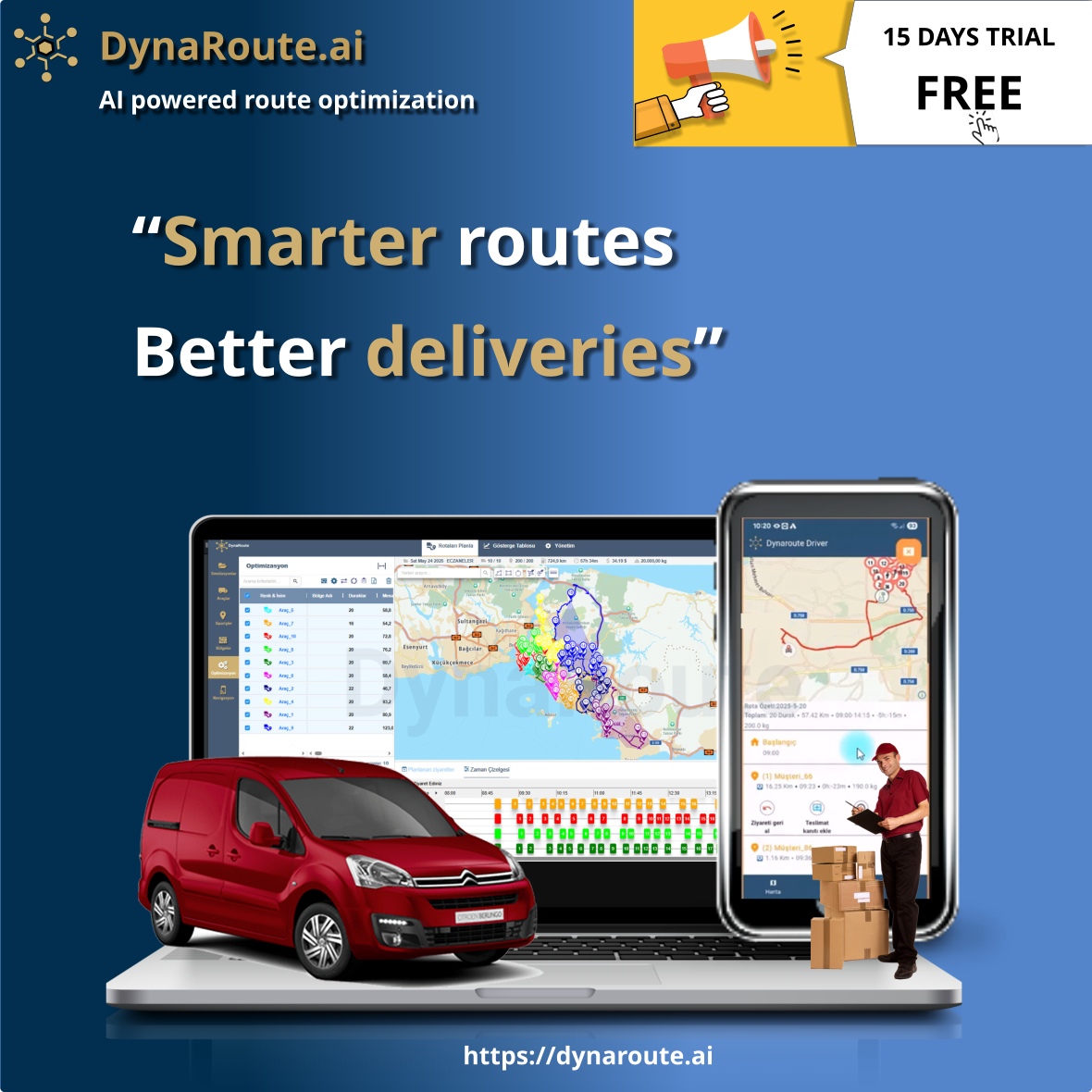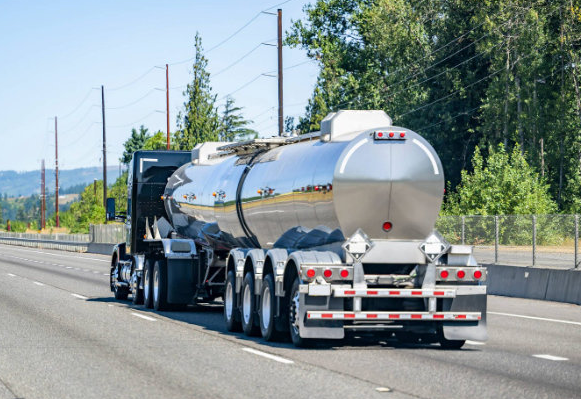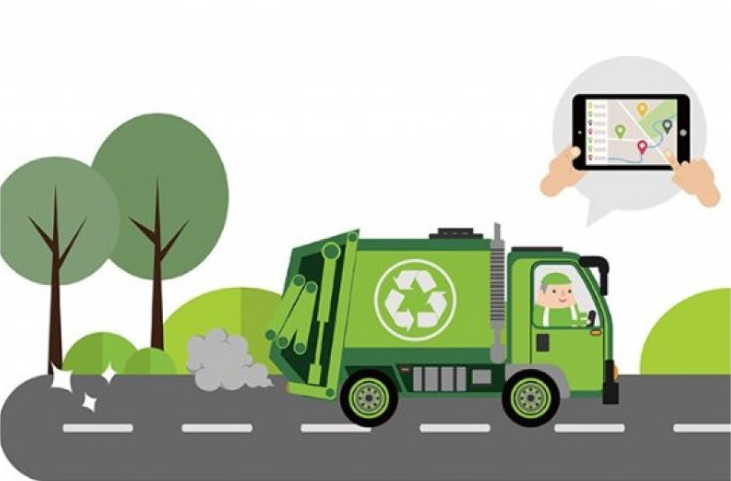Editor's Pick


Dynaroute.ai Route optimization is crucial for businesses and services that rely on transportation, logistics, or field operations because it directly addresses cost, efficiency, sustainability, and customer satisfaction. Here’s why it matters: Fuel Savings: Optimized routes reduce unnecessary mileage, cutting fuel costs by 10–30%. Vehicle Maintenance: Less distance traveled = fewer repairs, tire wear, and extended vehicle lifespan. Labor Efficiency: Drivers spend less time on the road, reducing overtime and labor expenses. Faster Deliveries: Algorithms find the quickest paths, avoiding traffic, road closures, or delays. More Stops per Trip: Efficient routing allows drivers to complete more jobs/deliveries in the same timeframe. Reduced Planning Time: Automated tools replace hours of manual route planning with instant solutions. On-Time Arrivals: Accurate ETAs and reliable service build trust. Real-Time Tracking: Customers receive updates if routes adjust dynamically (e.g., due to traffic). Flexibility: Easily accommodate last-minute requests or priority stops. Lower Emissions: Shorter routes = reduced carbon footprint (critical for ESG compliance). Resource Conservation: Fewer vehicles needed to serve the same demand. Optimal Fleet Size: Maximize existing vehicle/driver capacity instead of expanding fleets. Balanced Workloads: Distribute stops evenly among drivers to prevent burnout. Businesses offering faster, cheaper, or greener deliveries outperform rivals. Scalability: Handle growth without proportional cost increases (e.g., 2x stops ≠ 2x vehicles). Logistics & Delivery: (e.g., Amazon, FedEx) Field Services: (e.g., technicians, healthcare workers) Public Transit: Bus/train scheduling. Waste Collection: Efficient pickup routes. Ride-Sharing: Uber/Lyft minimizing detours. Route optimization isn’t just "finding the shortest path"—it’s a strategic tool that transforms operational inefficiencies into measurable savings, happier customers, and a greener footprint. In an era of rising costs and climate urgency, it’s no longer optional—it’s essential.1. Cost Reduction
2. Time Efficiency
3. Improved Customer Experience
4. Sustainability & ESG Goals
5. Enhanced Resource Utilization
6. Competitive Advantage
Real-World Applications:
Key Takeaway:





